Gobsmacked: Tangent Online reviews Black Gate 14
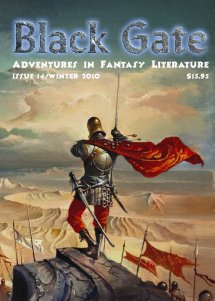 Steve Fahnestalk is a little overwhelemed with his first issue of Black Gate:
Steve Fahnestalk is a little overwhelemed with his first issue of Black Gate:
When I first opened the very thick envelope from Kansas City, I thought that Dave had messed up and sent me a Black Gate anthology… Full-color glossy perfect-bound wraparound cover on 380-plus pages containing not one, but three novellas, and sixteen stories. Plus poems, book and game review columns, letters, editorial and a comic strip — and handsomely illustrated throughout. I was poleaxed, banjaxed, gobsmacked and just plain overwhelmed. For those of you who bewail the terminal illness of the publishing industry, the loss of the midlist, the paring down of the professional story market and the death of the illustrated magazine, ease up. I’ve seen more professional-quality short stories in the last month in my mailbox, half of them in this magazine, than I had in the previous six months.
He draws special attention to “The Hangman’s Daughter” by Chris Braak:
Cresy has a problem. Night after night, she wakes from a dream of suffocating (as many children do) — but one particular night she thinks she saw something sitting on her chest and drawing the breath from her lungs. In these dreadful dreams she is paralyzed and can only wait for the dream to end so that she may draw a full breath again. Then, questioning the boys she plays with, she finds that all the children of Corsay have this problem. “Everyone gets those. It’s the bogeymen,” says Ally. How Cresy finds her personal center and gains the strength to face her nightmares face on (and what she finds when she does) is the crux of the story. A nice little tale of personal growth set in a less-than-usual fantasy world.
 Luke Forney wraps up his detailed, three-part examination of Black Gate 14 with a look back at Part II:
Luke Forney wraps up his detailed, three-part examination of Black Gate 14 with a look back at Part II: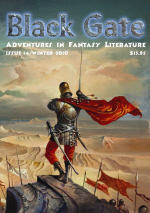 Luke Forney. who
Luke Forney. who  I’m not usually one for social networking. I had to be dragged on to Facebook by Bill Ward, who got tired of Black Gate not having a Facebook page and finally just
I’m not usually one for social networking. I had to be dragged on to Facebook by Bill Ward, who got tired of Black Gate not having a Facebook page and finally just 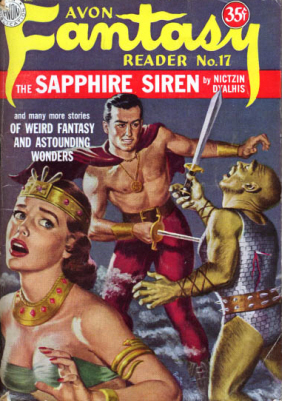 I recently stumbled across G.W. Thomas’ marvelous
I recently stumbled across G.W. Thomas’ marvelous 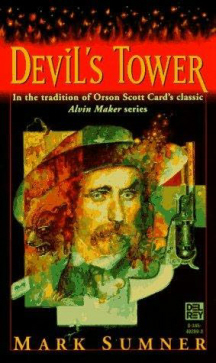 Well, sort of.
Well, sort of.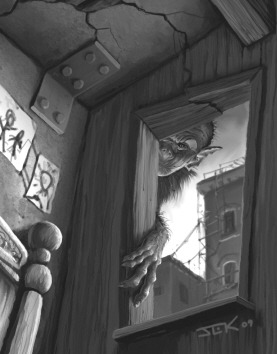 Author C.S.E. Cooney has become the third reviewer to post her thoughts on our latest issue, which she read over several train rides:
Author C.S.E. Cooney has become the third reviewer to post her thoughts on our latest issue, which she read over several train rides: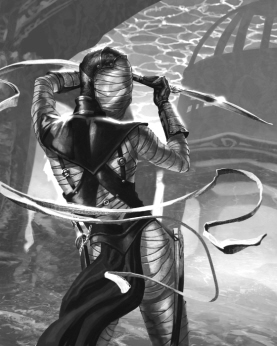 Following the
Following the